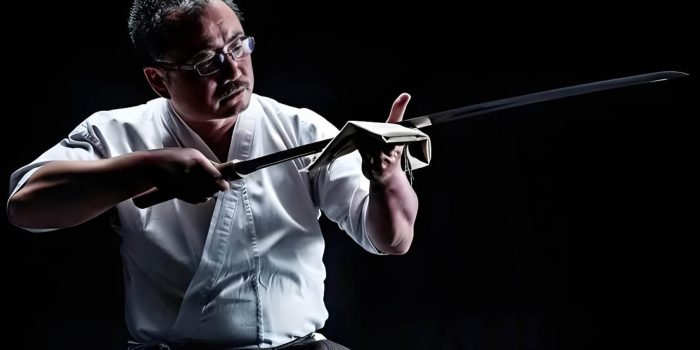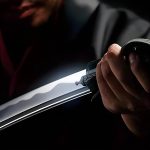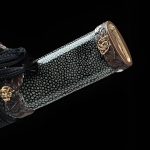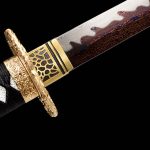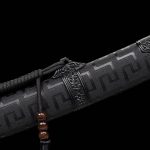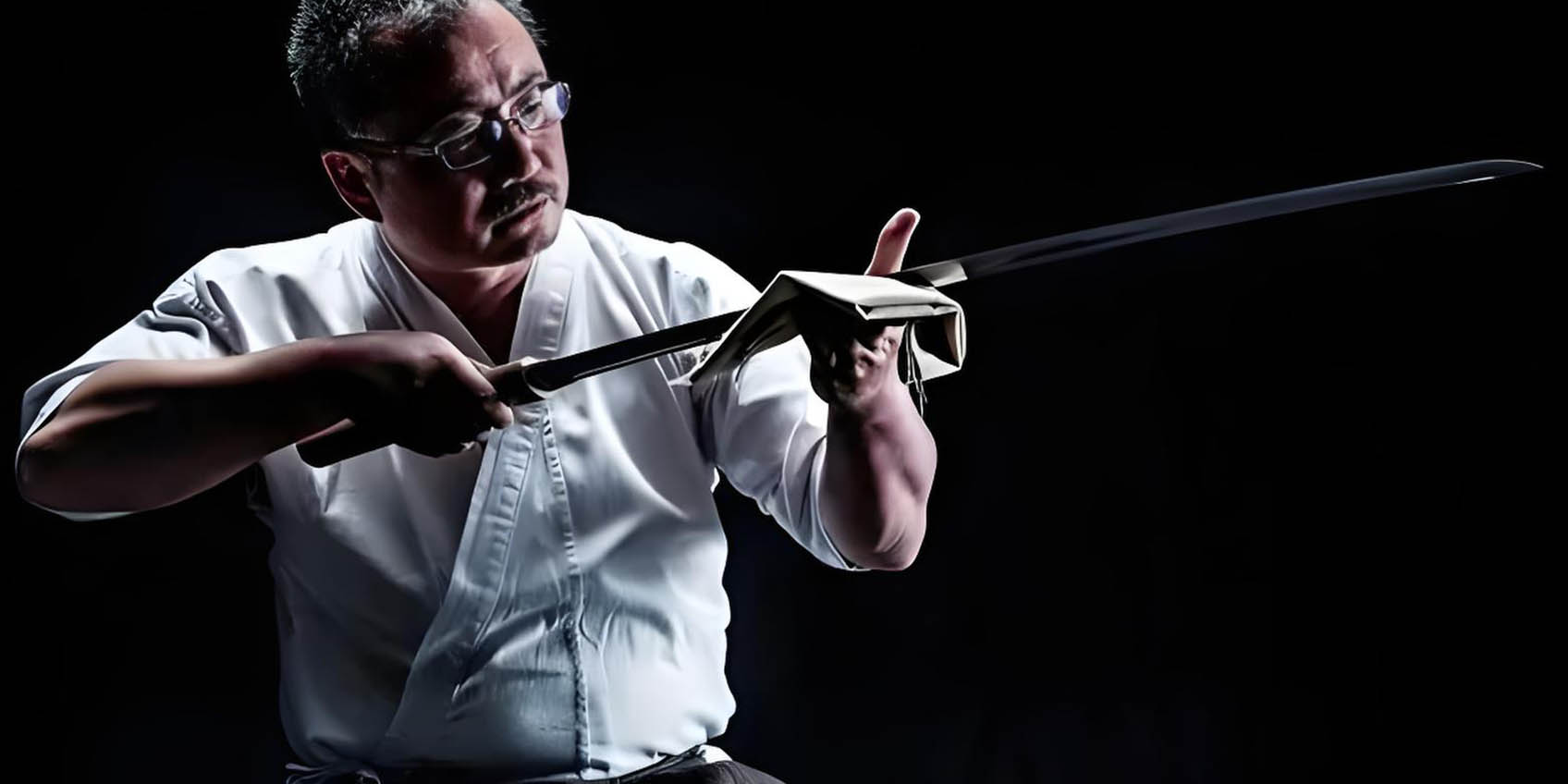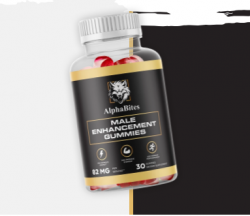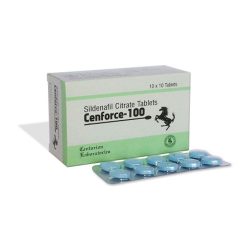Samurai Sword Maintenance: Comprehensive Guide to Oil Selection
How to Care for Your Precious Samurai Sword
Proper maintenance of your Japanese sword is essential to ensure its longevity and to preserve its unique aesthetic appeal. Each component of the sword, including the steel blade, wooden handle, and leather scabbard, requires appropriate care to prevent oxidation and rust while effectively sealing out air and moisture.
In this guide, we’ve provided an in-depth evaluation and selection guide of various materials and products available for sword maintenance, helping you choose the most suitable care regimen and products.
1. Vaseline Oil
- Pros: Colorless, odorless, offers good chemical stability, and is inexpensive.
- Cons: High viscosity, which may attract and accumulate dust.
2. Paraffin Oil
- Pros: Colorless, odorless, provides effective protection, and is budget-friendly.
- Cons: Some varieties may be too thin, necessitating the addition of Vaseline for optimal viscosity.
3. Tallow
- Pros: Semi-solid consistency, minimal loss, excellent sealing and protective properties.
- Cons: Greasy with a yellowish tint, potentially altering the sword’s original appearance.
4. High-Grade Machine Oil
- Pros: Strong oxidation resistance and good adhesion.
- Cons: Contains elements such as sulfur and lead, which may damage the sword’s surface over time.
5. Sewing Machine Oil
- Pros: Colorless, odorless, chemically stable, and offers long-lasting protection.
- Cons: Dries quickly and may have a slight odor.
6. Kerosene
- Pros: Transparent and colorless.
- Cons: Has a distinct odor, is volatile, and flammable.
7. Lemon Oil
- Note: Contains citric acid, which is corrosive and unsuitable for unfinished redwood handles.
8. Walnut Oil
- Pros: A drying oil that forms a protective film quickly and enhances the handle’s luster.
- Cons: Has a natural odor; it’s recommended to opt for pure, odorless walnut oil.
9. Camellia Oil
- Pros: Stable oiliness and free from chemical pollutants.
- Cons: Relatively more expensive.
10. Olive Oil
- Pros: Free from chemicals.
- Cons: Slight greenish tint, which may affect the color of the handle.
11. Castor Oil
- Pros: Nearly colorless and offers stable storage.
- Cons: High viscosity.
12. Mink Oil
- Pros: Safe, non-irritating, and odorless.
- Cons: Higher cost.
13. Neatsfoot Oil
- Pros: Additive-free, specifically used for leather care.
- Cons: May darken the leather after application.
14. Whale Oil
- Note: Whale oil is no longer used as whales are protected species.
15. Horse Oil
- Cons: Insoluble in water, prone to rancidity, and has a distinct odor.
16. Principles for Selecting Mineral, Vegetable, and Animal Oils
- Choose oils that share similar properties with the blade steel, wooden handle, and leather scabbard.
Precautions:
- Avoid oils with excessively high or low viscosity to prevent negative impacts on maintenance effectiveness and appearance.
- Refrain from using strongly scented oils, as they may affect the sword’s smell over time.
Maintenance Frequency:
Regular maintenance should be conducted based on local temperature and humidity conditions, typically not exceeding once a week.
Conclusion
The evolution of modern culture and the demand for personalization have diversified the design of samurai swords. Traditional craftsmen continue to preserve classic designs while integrating modern elements and catering to personalized requirements. Advances in manufacturing technology and global influences have expanded material choices beyond traditional tamahagane to include stainless steel, high carbon steel, and even alloy materials. These new materials not only enhance blade durability and cutting capability but also offer craftsmen greater creative possibilities to meet diverse customer needs and aesthetic preferences. Different custom materials and accessories require specific maintenance methods to ensure their long-term durability and optimal appearance.
For example, stainless steel katana swords need regular cleaning and rust prevention treatments, while high carbon steel blades require special care to avoid moisture and regular anti-corrosion treatments. Craftsmen provide tailored maintenance advice based on the characteristics of the materials and customer needs during the design and production process, ensuring that each katana remains in peak condition and retains its unique charm.
Our shop offers a wide range of customized services
https://www.coolkatana.com/products/custom-sword
At some events, fans demonstrate their swordsmanship skills, paying tribute to anime’s legendary battles. Conventions even hold swordsmanship competitions, letting enthusiasts showcase their passion and creativity with these iconic weapons. Certain anime weapons hold special significance for fans, influencing anime swordsmanship and sparking interest in related merchandise. Celebrations at various anime events further boost their popularity. These weapons symbolize strength and courage, leaving a lasting mark on the anime world.
